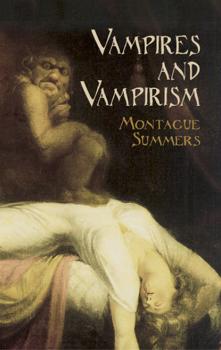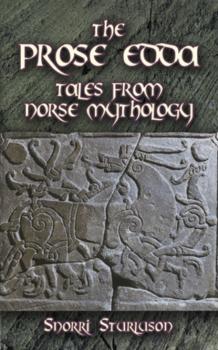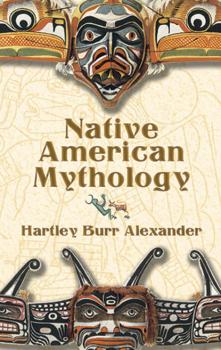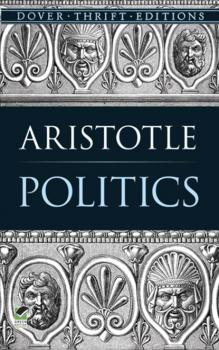ТОП просматриваемых книг сайта:















Старинная литература: прочее
Различные книги в жанре Старинная литература: прочее, доступные для чтения и скачиванияАннотация
Аннотация
Информация о книге
Автор произведения James B Greenough
Жанр Старинная литература: прочее
Серия Dover Language Guides
Аннотация
Информация о книге
Автор произведения Montague Summers
Жанр Старинная литература: прочее
Серия Dover Occult
Аннотация
Аннотация
Аннотация
Аннотация
Информация о книге
Автор произведения Hartley Burr Alexander
Жанр Старинная литература: прочее
Серия Native American
Аннотация
Информация о книге
Автор произведения Aristotle
Жанр Старинная литература: прочее
Серия Dover Thrift Editions
Аннотация
Информация о книге
Автор произведения Charles Squire
Жанр Старинная литература: прочее
Серия Celtic, Irish
Аннотация
Информация о книге
Автор произведения Группа авторов
Жанр Старинная литература: прочее
Серия Dover Thrift Editions










